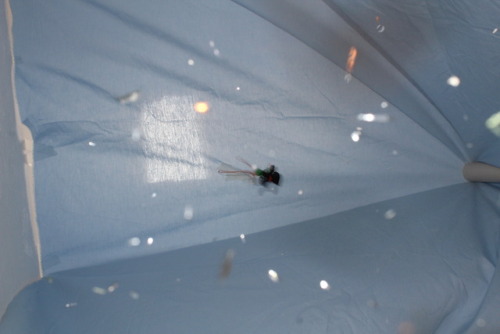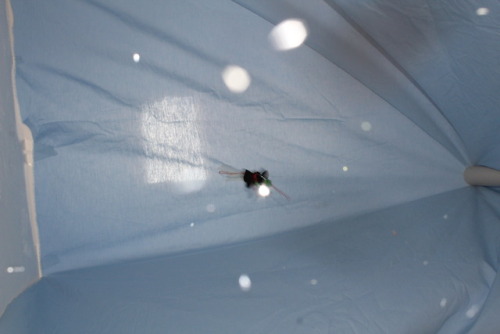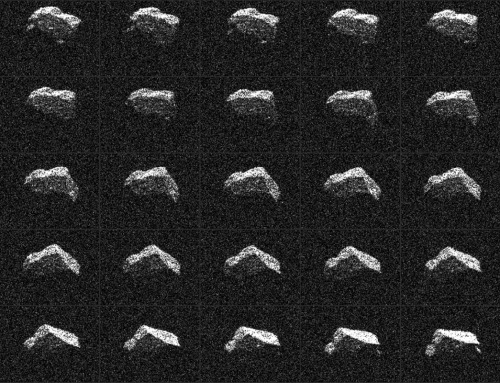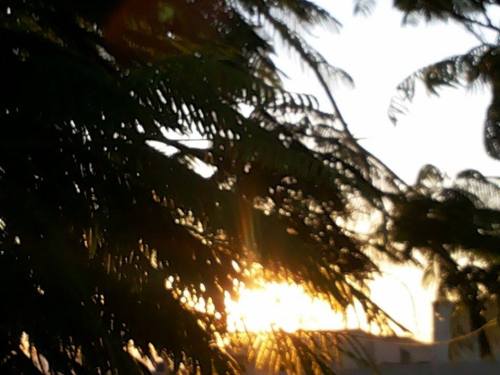Monecky - Grandes Sonhos

More Posts from Monecky and Others


This is the of a . It’s so similar to our . Just released by the and European Research Council. The image of a gigantic black hole at the centre of the M87 — 53m light years away and 6bn times bigger than the — was compiled using data pulled from a network of eight radio telescopes, from the South Pole to Hawaii. As it is impossible to see inside a black hole because no light or electromagnetic radiation can escape its overwhelming , the international team has imaged the black hole’s outer edge, or “event horizon”. It shows a bright ring of — a ring of fire created by light particles that would normally travel in a straight line — bent into a circular path by extreme gravity before they fall into the hole. Inside the ring we see the shadow of the hole itself. Our own also has a huge black hole at its heart. The history of science will be divided by the time before the image and the time after the image. Source:ft.com
Bvb via twitter













Protecting our Home Planet 🌎

Did you ever wonder how we spots asteroids that may be getting too close to Earth for comfort? Wonder no more. Our Planetary Defense Coordination Office does just that. Thanks to a variety of ground and space based telescopes, we’re able to detect potentially hazardous objects so we can prepare for the unlikely threat against our planet.
What is a near-Earth object?

Near-Earth objects (NEOs) are asteroids and comets that orbit the Sun, but their orbits bring them into Earth’s neighborhood – within 30 million miles of Earth’s orbit.
These objects are relatively unchanged remnant debris from the solar system’s formation some 4.6 billion years ago. Most of the rocky asteroids originally formed in the warmer inner solar system between the orbits of Mars and Jupiter, while comets, composed mostly of water ice with embedded dust particles, formed in the cold outer solar system.
Who searches for near-Earth objects?

Our Near-Earth Object (NEO) Observations Program finds, tracks and monitors near-Earth asteroids and comets. Astronomers supported by the program use telescopes to follow up the discoveries to make additional measurements, as do many observatories all over the world. The Center for Near-Earth Object Studies, based at our Jet Propulsion Laboratory, also uses these data to calculate high-precision orbits for all known near-Earth objects and predict future close approaches by them to Earth, as well as the potential for any future impacts.
How do we calculate the orbit of a near-Earth object?

Scientists determine the orbit of an asteroid by comparing measurements of its position as it moves across the sky to the predictions of a computer model of its orbit around the Sun. The more observations that are used and the longer the period over which those observations are made, the more accurate the calculated orbit and the predictions that can be made from it.
How many near-Earth objects have been discovered so far?

At the start of 2019, the number of discovered NEOs totaled more than 19,000, and it has since surpassed 20,000. An average of 30 new discoveries are added each week. More than 95 percent of these objects were discovered by NASA-funded surveys since 1998, when we initially established its NEO Observations Program and began tracking and cataloguing them.
Currently the risk of an asteroid striking Earth is exceedingly low, but we are constantly monitoring our cosmic neighborhood. Have more questions? Visit our Planetary Defense page to explore how we keep track of near-Earth objects.
Make sure to follow us on Tumblr for your regular dose of space: http://nasa.tumblr.com.











Interstellar Comet 2I/Borisov Probably Came from Double Red Dwarf Kruger 60
A new study by astronomers from the A. Mickiewicz University and the Space Research Centre of the Polish Academy of Sciences suggests that the interstellar comet 2I/Borisov likely came from a binary star system called Kruger 60.
is a visual binary stellar system located in the constellation of Cepheus.
Also known as DO Cephei, HD 239960, Gliese 860, BD+56 2783, HIP 110893, and ADS 15972, it is a tenth closest multiple stellar system, currently only 13.15 light-years from the Sun and approaching.
Kruger 60 is named after the German astronomer Adalbert Kruger who observed it in 1873.
It consists of two M-type stars (red dwarfs) — Kruger 60A and B — that orbit each other once every 44.6 years.
Kruger 60A has about 27% of the Sun’s mass and 35% of the solar radius, Kruger 60B is a smaller star with about 18% of the Sun’s mass and 24% of the solar radius.
They modeled the motion of the comet, the Sun and 647 stellar systems from their list of potential perturbers of cometary motion.
They found that one million years ago, 2I/Borisov passed Kruger 60 at a distance of 5.7 light-years having an extremely small relative velocity of 7,700 mph (3.43 km/s).
“As the orbit of this comet will become more precise the minimal distance between these two bodies might vary but their relative velocity will remain very small, which suggests that 2I/Borisov might originate from Kruger 60,” the researchers said. (source)






